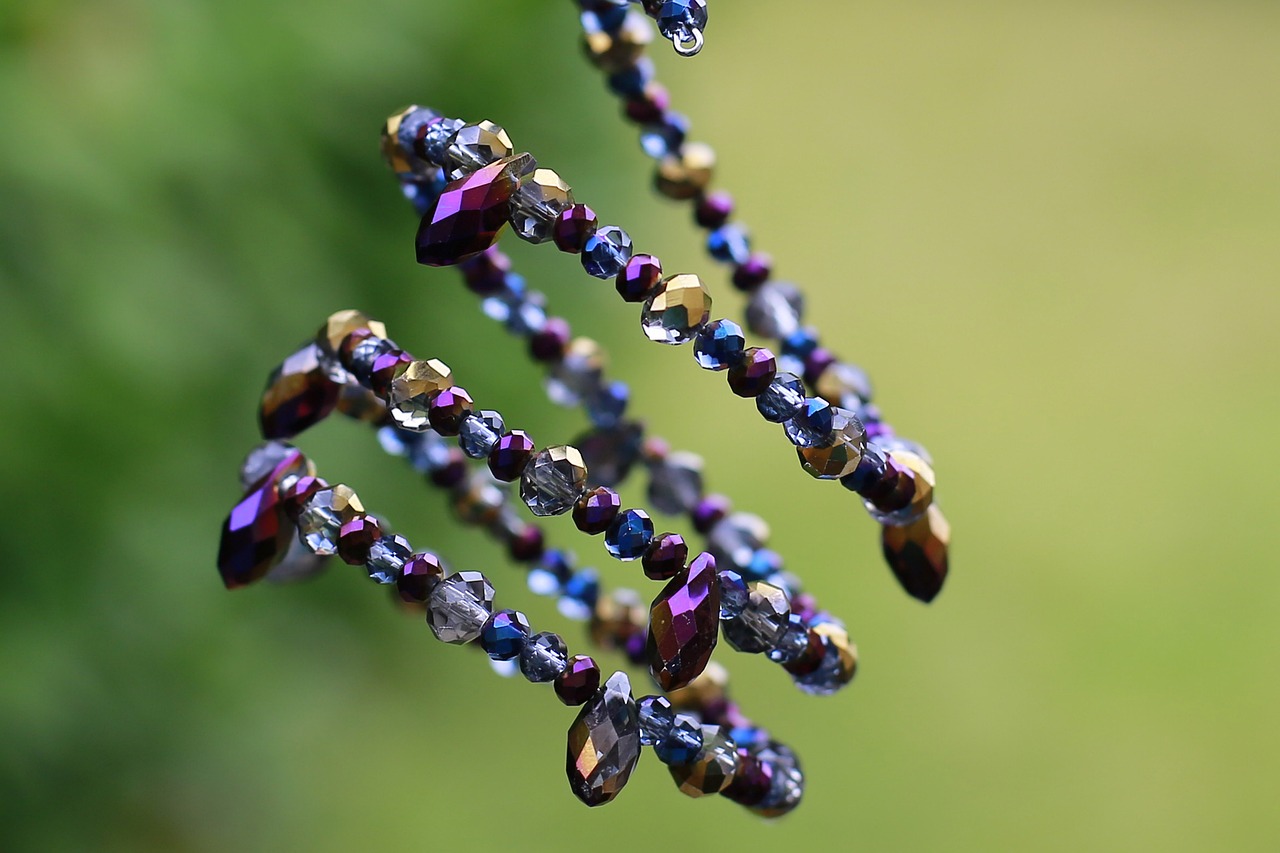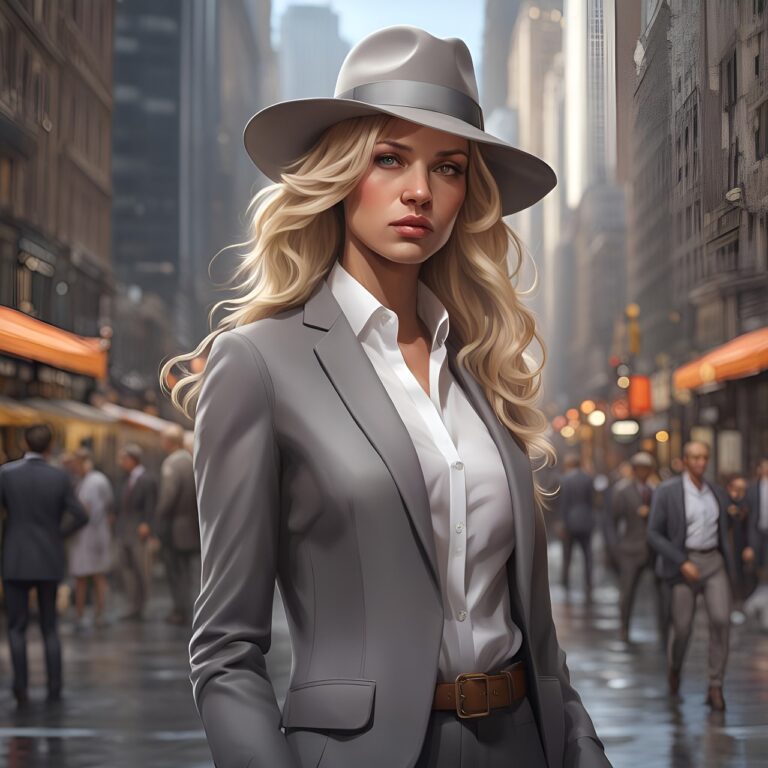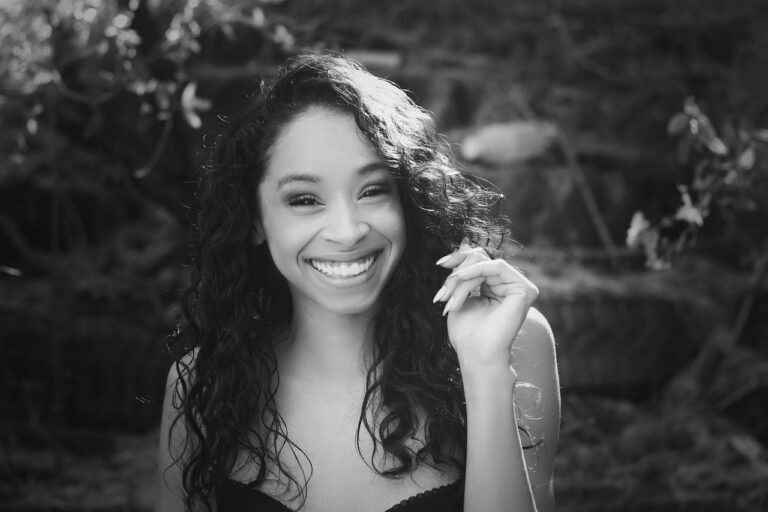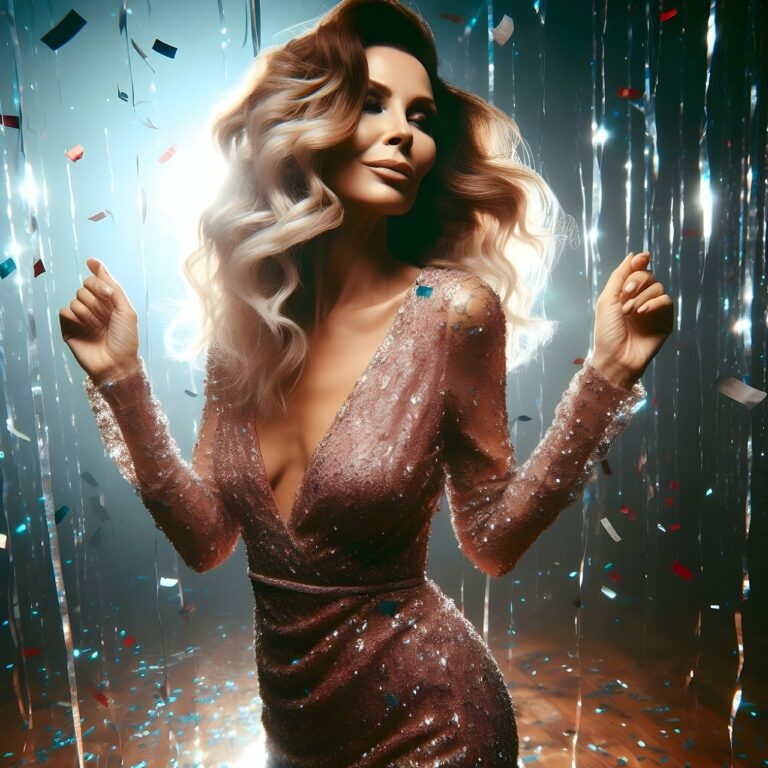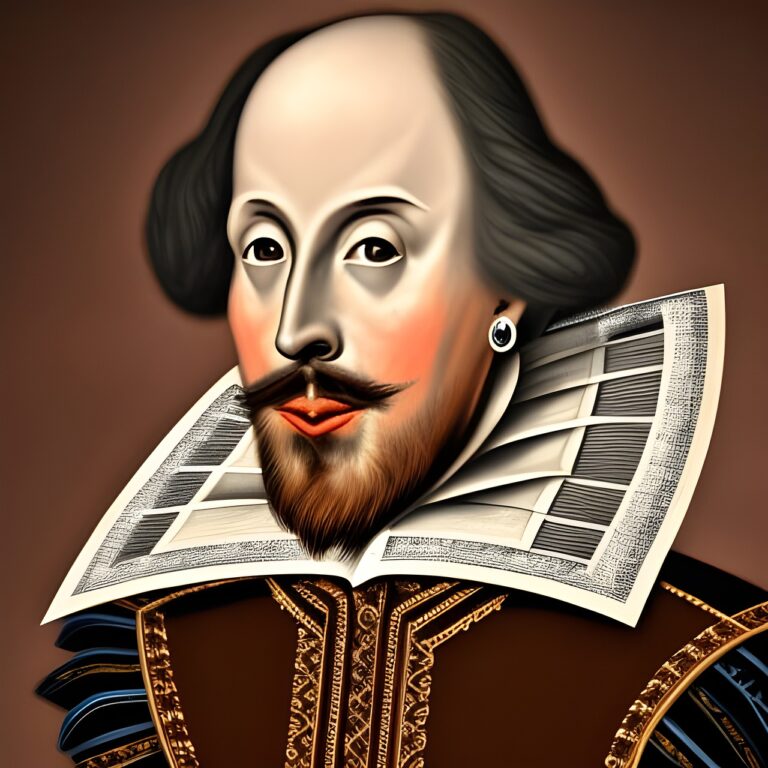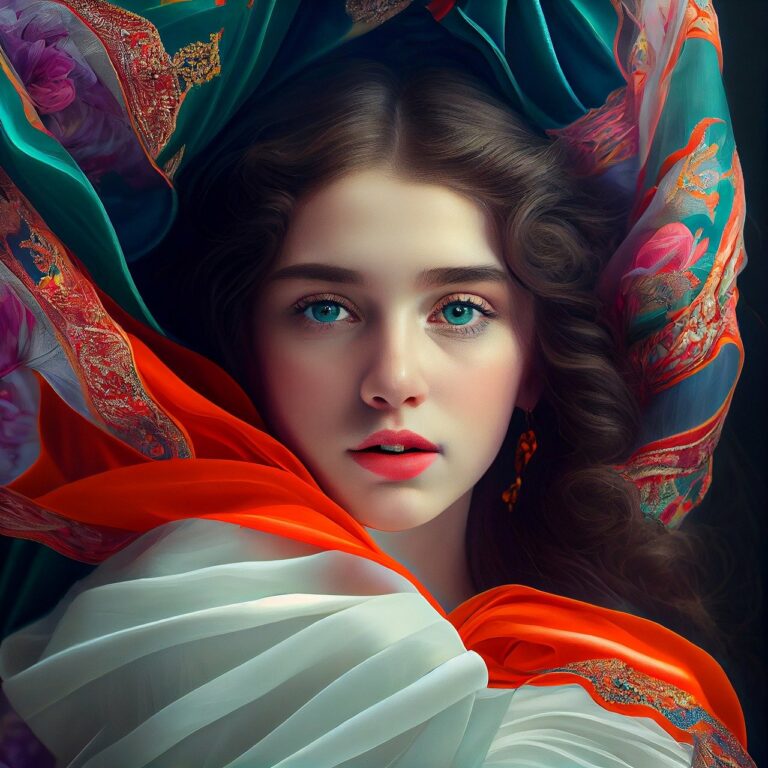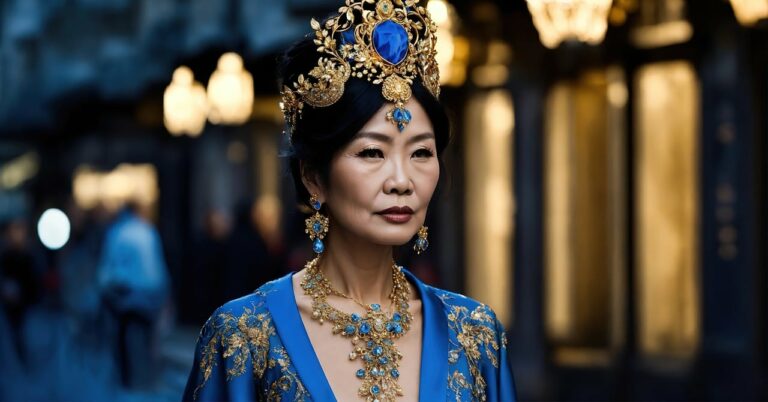The Art of Fashion Illustration: Traditional vs. Digital Techniques
Fashion illustration is a captivating art form that visually communicates the essence and details of clothing designs. It serves as a bridge between creative concepts and tangible garments, allowing designers to showcase their ideas in a visually appealing way. By using various techniques such as sketching, watercolor, or digital rendering, fashion illustrators bring fashion designs to life on paper or screen.
The art of fashion illustration dates back centuries and has evolved along with the trends and technologies of each era. The illustrations not only capture the aesthetic of the designs but also convey the mood, movement, and inspiration behind them. Fashion illustration is not merely a tool for documenting garments but a form of artistic expression that plays a crucial role in the fashion industry, influencing trends and shaping the way we perceive style.
Traditional Techniques in Fashion Illustration
Fashion illustration has a rich history that dates back centuries, with traditional techniques playing a crucial role in capturing the essence and details of clothing designs. Artists have long relied on tools like ink, graphite, and watercolors to bring their sketches to life, paying close attention to textures, patterns, and draping details. By meticulously rendering these elements, fashion illustrators are able to convey the intricacies of a design and evoke a sense of movement within the static image.
In addition to the materials used, traditional techniques in fashion illustration also encompass the process of creating dynamic poses and expressions for the figures depicted in the drawings. Artists often draw inspiration from real-life models or mannequins to capture the nuances of body language and posture, infusing their illustrations with a sense of realism and fluidity. Through thoughtful composition and skilled execution, these techniques allow fashion illustrators to breathe life into their creations, offering viewers a glimpse into the world of haute couture and design.
History of Fashion Illustration
Fashion illustration has a rich history that dates back centuries, evolving alongside the ever-changing world of fashion. From the early days of haute couture in France to the modern digital age, fashion illustration has served as a crucial tool for designers to communicate their creative visions. Artists throughout history have captured the essence of style and beauty through their illustrations, providing insight into the fashion trends of their respective eras.
Throughout the 19th and 20th centuries, fashion illustration played a central role in the dissemination of the latest styles and trends. Illustrators such as Rene Gruau and Antonio Lopez were instrumental in shaping the visual language of fashion, using their artistry to bring garments to life on the page. Their work not only showcased the designs of prominent fashion houses but also reflected the societal shifts and cultural movements of the time.
What is fashion illustration?
Fashion illustration is the art of visually communicating fashion ideas and garments through drawings or sketches.
What are some traditional techniques used in fashion illustration?
Some traditional techniques used in fashion illustration include pen and ink, watercolors, gouache, markers, and colored pencils.
Can you provide a brief history of fashion illustration?
Fashion illustration has been around for centuries, with early examples dating back to the 1500s. It became more popular in the 19th and 20th centuries with the rise of fashion magazines and advertising. Today, fashion illustration continues to evolve with the use of digital tools and technologies.
How has fashion illustration changed over the years?
Fashion illustration has evolved from being a niche art form to becoming more mainstream with the advent of social media and digital platforms. Artists now have more avenues to showcase their work and reach a wider audience.

